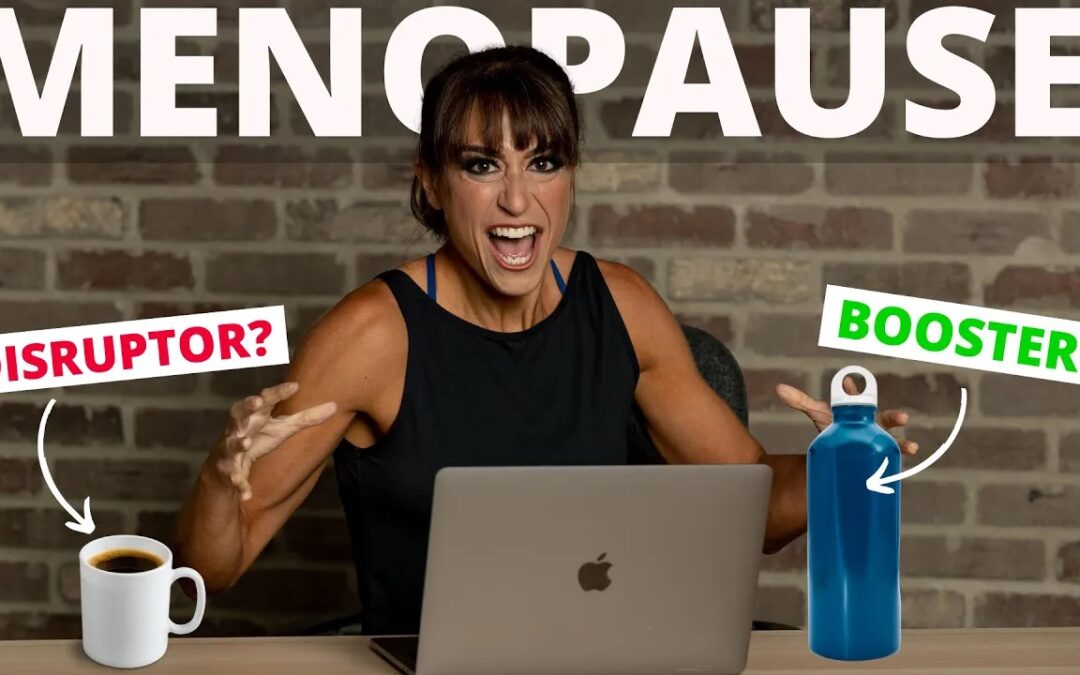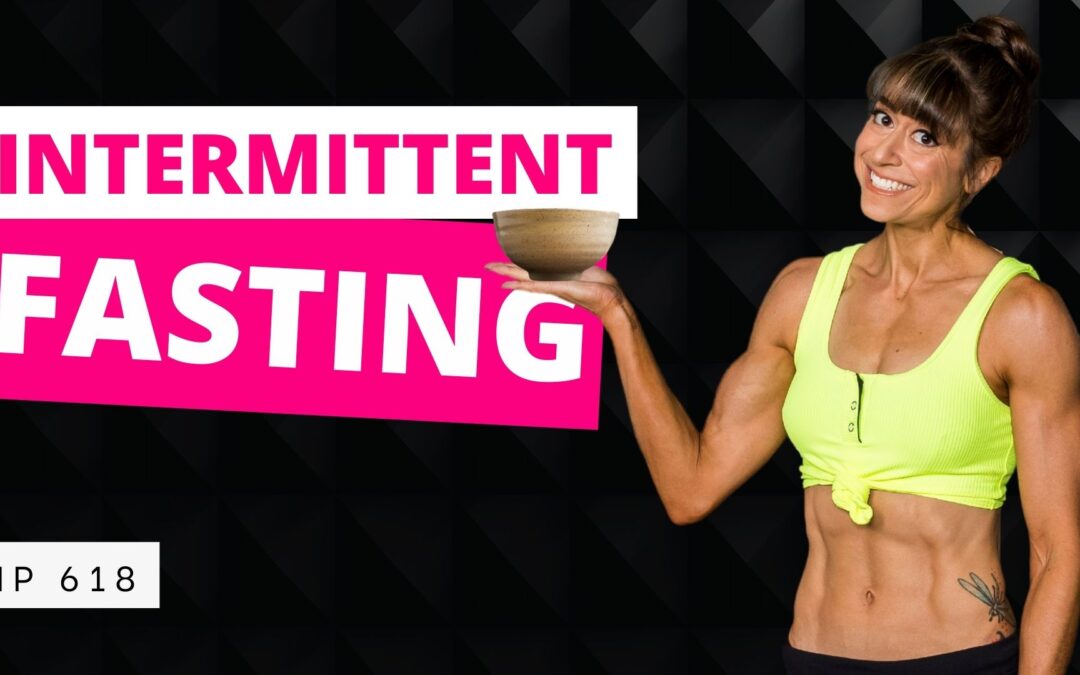
by Cori Lefkowith | Mar 22, 2024 | podcast
LISTEN HERE 7 WATCH HERE 7 TRANSCRIPT 7 OPEN TRANSCRIPT Cori (00:00):Hey guys, this is Cori from Redefining Strength. Welcome to the Fitness Hacks Podcast. This is the show where I share all my free workout and nutrition tips. I’m not going to ever fill this...

by Cori Lefkowith | Mar 17, 2024 | Blog, Diet
Getting older means often what used to work no longer does. And especially with the hormonal changes of menopause, you can’t just keep training and eating the way you always have. Frustrating? Sure. But we’ve got to face reality. And the more we embrace this and the...

by Cori Lefkowith | Mar 10, 2024 | Blog, Exercises, Functional Fitness
Unpopular opinion… I think Burpees are underrated. You may be like, “WHAAAAT!? I see burpees in everything. They’re overdone!” And while I agree they can be overused, misused and simply put in a workout just to make it harder… I also think they aren’t given their due...

by Cori Lefkowith | Mar 7, 2024 | podcast
LISTEN HERE 7 WATCH HERE 7 TRANSCRIPT 7 OPEN TRANSCRIPT Cori (00:00):Hey guys, this is Cori from Redefining Strength. Welcome to the Fitness Hacks Podcast. This is the show where I share all my free workout and nutrition tips. I’m not going to ever fill this...

by Cori Lefkowith | Mar 3, 2024 | Blog, Diet
Fad diet are keeping us stuck in this horrible yo-yo dieting cycle… A cycle where we oddly become really good at losing the weight… But also really good at regaining it. And over time we only feel more and more frustrated not seeing the results we want while working...






